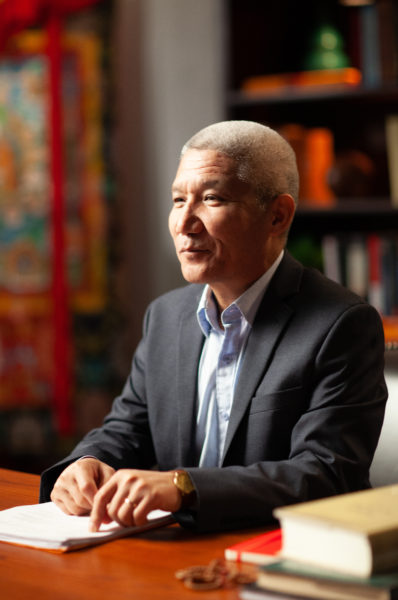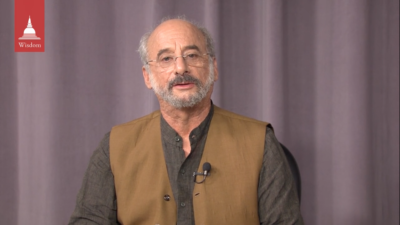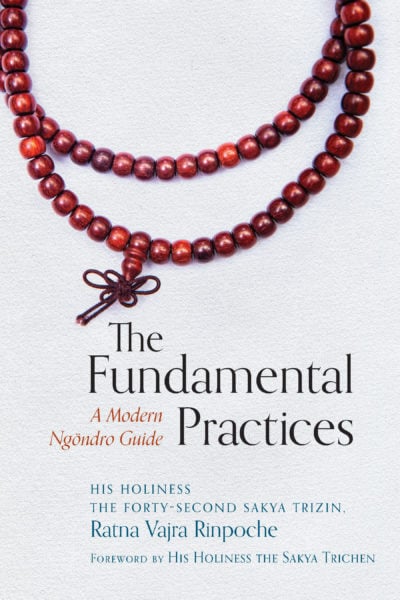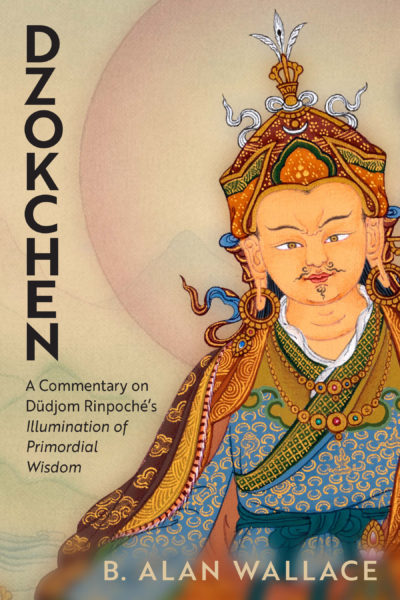Tāranātha, “Tangdalma: Displaying The Profound Meaning” in Four Tibetan Lineages: Core Teachings of Pacification, Severance, Shangpa Kagyu, and Bodong, translated by Sarah Harding, 372–375, Somerville, MA: Wisdom Publications, 2021.
Kalu Rinpoche, Luminous Mind: The Way of the Buddha, 212–217, Somerville, MA: Wisdom Publications, 1997.





